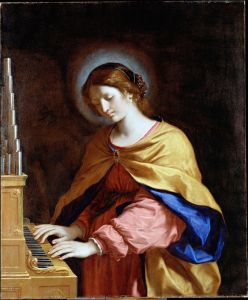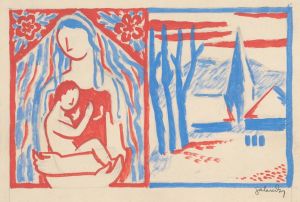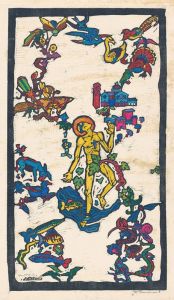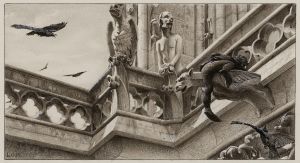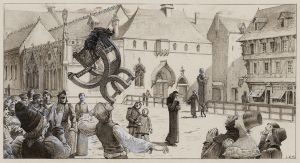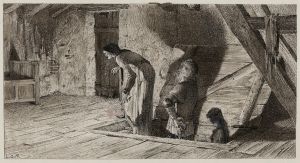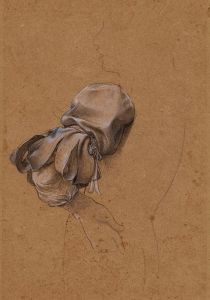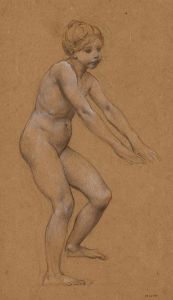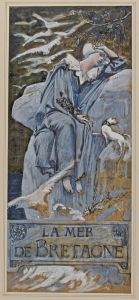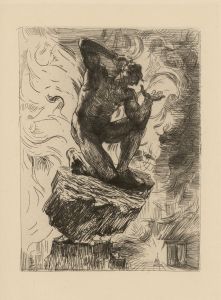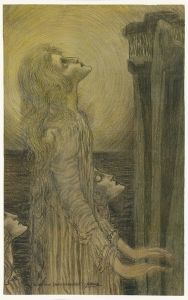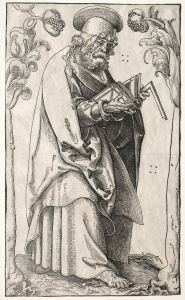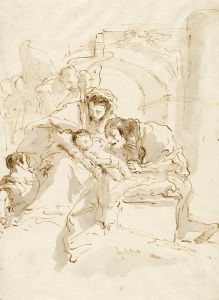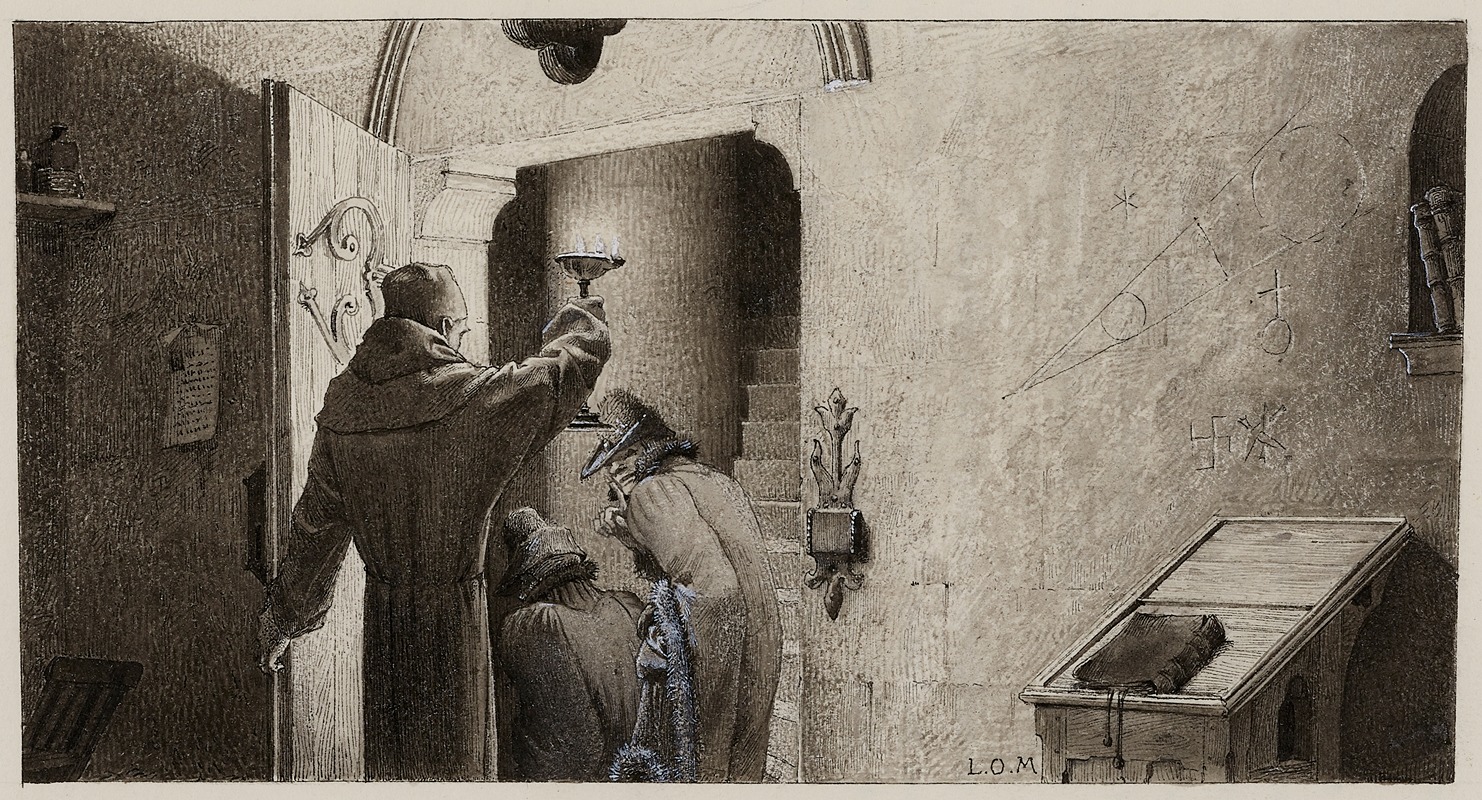
Abbas beati martini
A hand-painted replica of Luc-Olivier Merson’s masterpiece Abbas beati martini, meticulously crafted by professional artists to capture the true essence of the original. Each piece is created with museum-quality canvas and rare mineral pigments, carefully painted by experienced artists with delicate brushstrokes and rich, layered colors to perfectly recreate the texture of the original artwork. Unlike machine-printed reproductions, this hand-painted version brings the painting to life, infused with the artist’s emotions and skill in every stroke. Whether for personal collection or home decoration, it instantly elevates the artistic atmosphere of any space.
Luc-Olivier Merson was a notable French painter and illustrator, recognized for his contributions to the Symbolist movement in the late 19th and early 20th centuries. His works often explored themes of mythology, religion, and allegory, characterized by meticulous detail and a distinctive, dreamlike quality. One of his lesser-known works is "Abbas beati martini," which, like many of his paintings, reflects his interest in religious and historical subjects.
Merson was born in Paris in 1846 and was trained at the École des Beaux-Arts under the tutelage of artists such as Isidore Pils and Gustave Chassevent. He gained early recognition for his work, winning the prestigious Prix de Rome in 1869, which allowed him to study in Italy. This experience profoundly influenced his artistic style, as he absorbed the techniques and themes of the Renaissance masters.
"Abbas beati martini" is a work that exemplifies Merson's skill in combining historical and religious narratives with a unique artistic vision. While specific details about this painting are scarce, it can be inferred from the title that it relates to Saint Martin, a prominent figure in Christian hagiography. Saint Martin of Tours was a Roman soldier who converted to Christianity and became a monk, eventually being appointed as the Bishop of Tours. He is best known for his act of charity in which he cut his military cloak in half to share with a beggar during a snowstorm, a scene frequently depicted in Christian art.
Merson's approach to religious subjects often involved a blend of realism and mysticism, capturing both the human and divine aspects of his themes. His paintings are noted for their atmospheric quality, achieved through a careful use of light and shadow, which imbues his scenes with a sense of otherworldliness. This technique is likely employed in "Abbas beati martini" to convey the spiritual significance of Saint Martin's life and deeds.
Throughout his career, Merson received numerous accolades and commissions, reflecting his standing in the art world of his time. He was a member of the Académie des Beaux-Arts and was awarded the Legion of Honor in recognition of his artistic contributions. In addition to his paintings, Merson was also a prolific illustrator, contributing to various publications and designing postage stamps and banknotes, further showcasing his versatility as an artist.
While "Abbas beati martini" may not be as widely recognized as some of Merson's other works, it remains a testament to his ability to weave complex narratives into his art. His legacy continues to be appreciated by art historians and enthusiasts who admire his unique blend of symbolism, technical skill, and narrative depth.
In summary, Luc-Olivier Merson's "Abbas beati martini" is a reflection of his fascination with religious themes and his ability to convey them through a distinctive artistic lens. Although specific details about the painting are limited, it stands as part of Merson's broader oeuvre that continues to captivate audiences with its beauty and depth.





